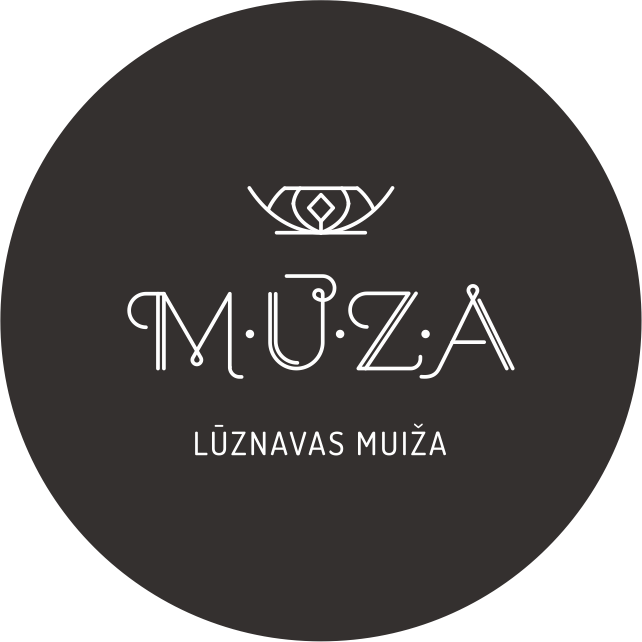COMMON BASIL
Common basil grows from 20 to 80 cm high, four-sided, branched, leaves stalked,
Placed among clothes in the closet or on the floor under the carpet in the living
room, basil leaves create a pleasant aroma and attract moths and other pests. Basil
can be used in the garden as a natural repellent against aphids, flies, and
mosquitoes.[1] Basil has an anti-inflammatory, organosomal and central nervous
system tonic effect, it promotes blood circulation and breathing. It is used orally to
improve digestion, against colds, fevers, headaches, nausea. The leaves are used
externally for aromatic baths, gargles for hoarseness and angina.[4] An infusion of
leaves and wort stimulates the appetite and relieves the pain of the master.[1] Oil
flavored with basil is used for massage, it reduces nervous tension and
psychological fatigue. [4]
Anti-inflammatory, antispasmodic and body strengthening effect. Basil is not
recommended for kidney and liver patients.
[1] Rubene H., Eniņa V. (2004)Ārstniecības augi.Rīga:Zvaigzne ABC. P.343
[4] latvijasdaba.lv
Augu katalogs ir tapis ar Eiropas Savienības finansiālu atbalstu Pārrobežu sadarbības programmas 2014.–2020. gadam projekta LVIII-062 “Versts of Feelings 2” ietvaros


